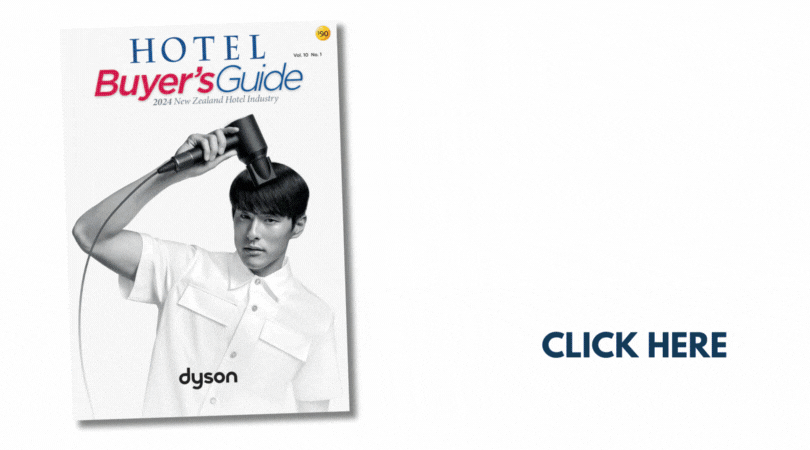While New Zealand has seen unprecedented growth in its revenue and profitability in recent years, there are concerns that the growth won't continue at the same pace beyond 2019.
In its latest New Zealand Market Report, Horwath HTL detailed 2019’s slow rate of growth in international visitors in comparison to recent years. However, this trend is not isolated to New Zealand, as Australia also experienced a similar pattern.
On the positive side of affairs, expenditure has continued to increase, to the point where Tourism Industry Aotearoa had to up their target of hitting $41 billion total visitor expenditure by 2025 to $50 billion.
Regarding the hotel market, the slowdown of visitor arrivals combined with a significant increase in hotel room supply has affected the average occupancy and room rates.
The report showed the average occupancy rate among most major hotels in New Zealand was 78 percent in the year ending April 2019, down 4 percent from 2018.
The average daily rate showed a similar trend, decreasing from $191 last year, to $176 for the year ending April 2019.
RevPAR also followed that theme, falling almost 3 percent.
Horwath HTL’s report linked the drop to the performance of Auckland hotels. Rotorua, Nelson/Marlborough and Central Park (central North Island) alternatively all had increases in occupancy rates, while Wellington’s was steady. Every other region experienced a decreased occupancy rate.
Regions were the shining light among the poorly performing cities in terms of RevPAR growth, with Nelson/Marlborough growing by just over 6 percent, Rotorua grew by about 4 percent and Dunedin by about 3 percent. Auckland’s RevPAR experienced the greatest deficit, declining by about 8 percent. The report suggested that last year’s 6 percent increase in room supply and a reduction in ADR are the cause for the soft results.
This was a major point of concern in the report, as Auckland’s room supply is set to grow significantly over the next two years. It lists 13 hotels with over 1,500 rooms set to open, 53 percent of which classify themselves as 5-star hotels.
“Auckland’s softer hotel performance in the first half of 2019 is expected to continue in short term, partly as a result of the significant increase in room supply in 2019-2020,” said Stephen Hamilton, managing director, Horwath HTL New Zealand.
“The room supply increases in other centres are less significant and not anticipated to impact hotel performance to the extent which will be experienced in Auckland.”
Despite the decrease in occupancy rate, Auckland hotels still have the highest occupancy rate in the country (82.6 percent).
Queenstown followed closely behind with its 81.3 percent occupancy, but alike Auckland experienced a decline (2.3 percent).
As for the rest of the country, Hamilton’s outlook was more optimistic.
“The long-term outlook for the New Zealand tourism and hotel industry is for continuing growth in demand."
It was impossible to look past Auckland's booming hotel supply though.
“The major challenge facing the industry is the imbalance between the timing of new hotel room supply and the rate of increase in visitor night growth, particularly in Auckland.”
Tight bank lending conditions, and escalating land prices and construction costs are factors which Hamilton believes will inevitably prevent many mooted hotel projects in the coming years, and possibly remedy the oversupply situation.






